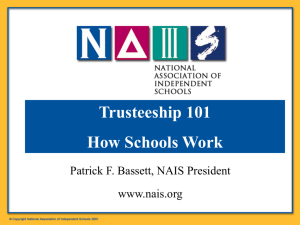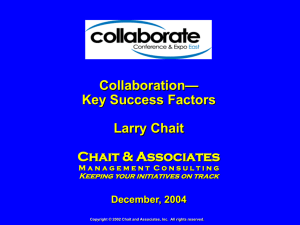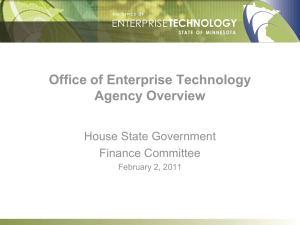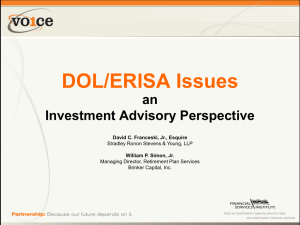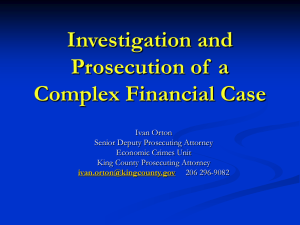Good Governance in Challenging Times
advertisement
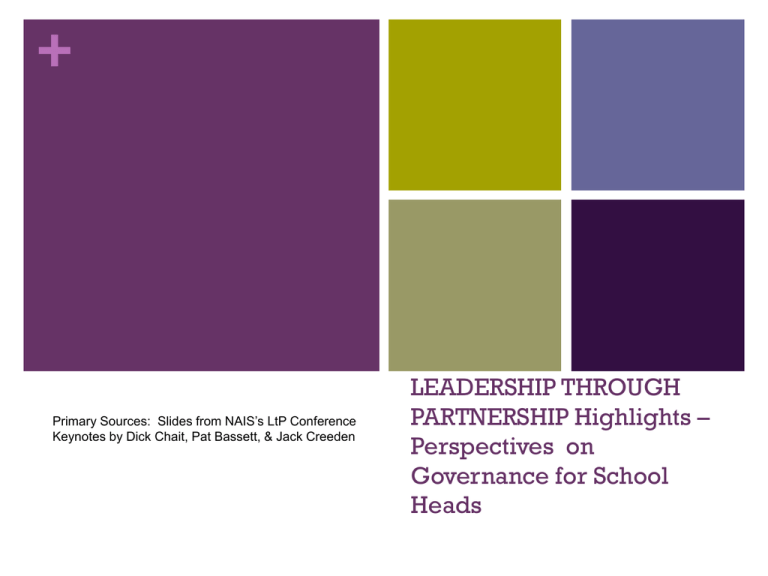
+ Primary Sources: Slides from NAIS’s LtP Conference Keynotes by Dick Chait, Pat Bassett, & Jack Creeden LEADERSHIP THROUGH PARTNERSHIP Highlights – Perspectives on Governance for School Heads + “A Non-Profit Board is Comprised of an Incompetent Group of Highly Competent People?” Invited to Join Board – Good at Something Else. We Must be Taught How to Play This Game. Preferably Instruction Begins Before We Are Sent to the Playing Field! + Perception of Roles (The State of Independent School Governance, NAIS, 2006) 99% oversight body assuring accountability of the organization 98%group to give support to the chief executive 94% fundraising 82% community ambassador for school 52% representative of those you serve + Developing the Board – from the Head’s Perspective (Board Member, May 2004, Chait et al.) The SAT Analogy: My board is to my school as is to . If my board were delivered from heaven, I’d say… My board is to my school as is to . + Three Levels of Board Governance Source: Bill Ryan, AISNE Governance Workshop, Oct 23. 2007 Analogies revealing some level of dysfunction: Loose steering wheel is to auto Fingernail Hamster is to blackboard is to wheel + + “Leaders are people who do the right thing; managers are people who do things right.” ~Warren G. Bennis Examples of a board doing “things right”? +What Leaders Really Do ~ John Kotter Management: Manages Complexity by… • Planning & Budgeting • Organizing & Staffing • Controlling & Problemsolving • Producing predictability, order, and consistency (i.e., “doing things right”) Examples of a board doing “things right”? + Price Water House Risk Management Report Fiduciary Duties of Care: Risk Assessment & Management • Governance • The evolving higher education business model • Safety and well-being of individuals on campus • Current regulatory environment • Institutional compliance • Political and public perceptions • Information security • International operations • Medical center considerations + PwC Risk Management Report – Sample Section on Safety • • • • • • • At-risk students (identification, support, counseling, reporting) Campus suicides (response teams, communications) Trips abroad (health & safety issues; evacuation plans) Student organizations (alcohol and drug policies and enforcement) Minors on campus (host accountability and background checks) Violence and threat assessments (campus crime, reporting, threat assessment) Crime reporting (reporting, reputational damage) + Fiduciary Oversight to Fiduciary Inquiry. Extracting Leadership Value (Chait, 2005) The Fiduciary Questions: The Strategic Questions: Did we get a clean audit? What did we learn from audit? Is the budget balanced? Does budget reflect priorities? Increase budgets by 2-3%? Move $$ from other programs? How much $$ do we need to raise? What’s the case for raising the money? Can we secure the gift? How will gift advance mission? Is faculty/staff turnover reasonable? Do we treat faculty/staff fairly? + PRIORITIES VERSUS ORGANIZATION (CHAIT, 2005) BOARD COMMITTEES FINANCE DEVELOPMENT EXECUTIVE GOVERNANCE B&G ADMISSION & MARKETING WHICH COMMITTEE STUDIES: CLIMATE OF DIVERSITY IMPACT OF TECHNOLOGY FACULTY RECRUITMENT & RETENTION COMPETITIVE POSITION + CHALLENGES TO TRADITIONAL MODELS – LEVELS I & II Trustees Want to Make a Difference Reacting to Staff Reports Not Engaging Monitoring and Oversight Tasks = The Substitute Teacher’s Responsibility: Maintain Order - MONITOR Meet Minimum Standards – COMPLIANCE & OVERSIGHT Don’t Teach Anything New – PROGRESS WITHOUT CHANGE +What Leaders Really Do ~ John Kotter Management: Leadership: Manages Complexity by… • Planning & Budgeting • Organizing & Staffing • Controlling & Problemsolving • Producing predictability, order, and consistency Leads Change by… • Setting a direction • Aligning people • Motivating and inspiring • Producing useful and dramatic change (i.e., “doing things right”) (i.e., “doing the right things”) Examples of a board doing “the right thing”? + Generative Questions (from the college president to the board of a highly selective US college) What does the college have to offer to students and society, in this century? How has that changed from a generation ago? What does it mean for the college to be successful? To what degree is our view of the college’s success in the context of our peers, and to what extent is it independent of them? By what standards should we expect to judge in five years our stewardship of the college? Who are the students we should be enrolling in the college? Why? How? + Generative Questions (from the college president to the board of a highly selective US college) Who are the faculty we should be attracting to the college? Why? How? What is the comparative advantage of the college’s location, and how should we capitalize upon it. What is the comparative disadvantage of the college’s location, and how should ameliorate it? Are there assets of the college currently underutilized? Is the college organized to respond to the present challenges and to realize its aspirations for the future? + Job Security is an Oxymoron (Chait, CHE, 1.9.11) “The reality is, when the president mismanages, the board fires the president. When the board mismanages, the board fires the president.” “The board hires; the faculty fires.” The antidote? Building relational trust. + Four Questions for Heads What do you know to be an important component in building the board chair-head relationship? What do you know to be an important component in sabotaging the board chair-head relationship? How do you nurture the board and board dynamics when things are going well? How do you nurture the board and board dynamics when things are not going well? + The Head’s Perspective on Governance THE END
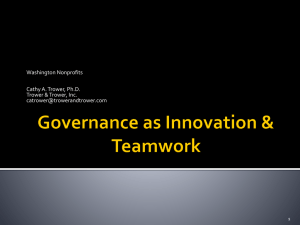


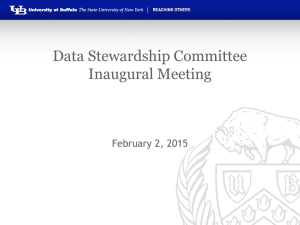
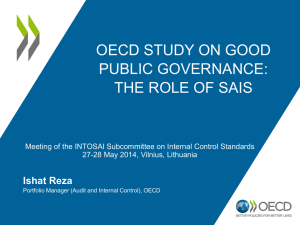

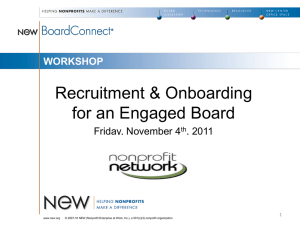
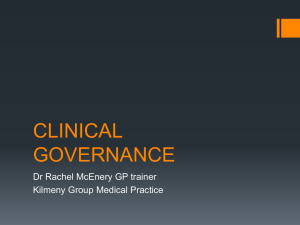
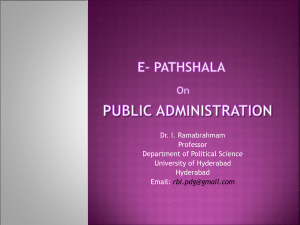
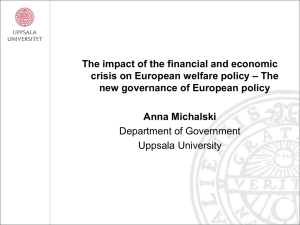
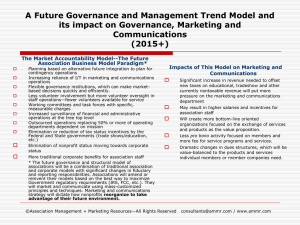
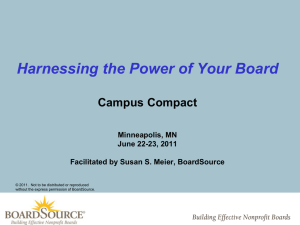
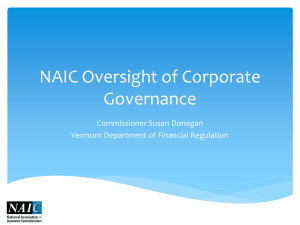
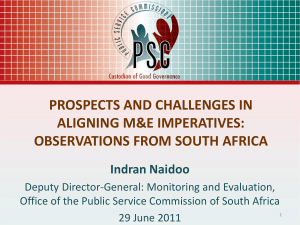
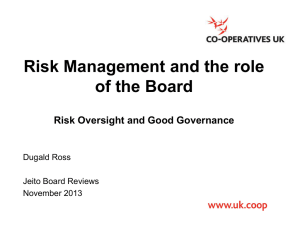
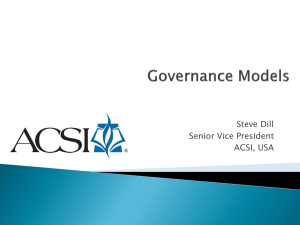
![Mark Whitenack Digital Assets PowerPoint Presentation []](http://s2.studylib.net/store/data/005383425_1-9cf830a5f2e9fc777daa963eb9460c8e-300x300.png)
